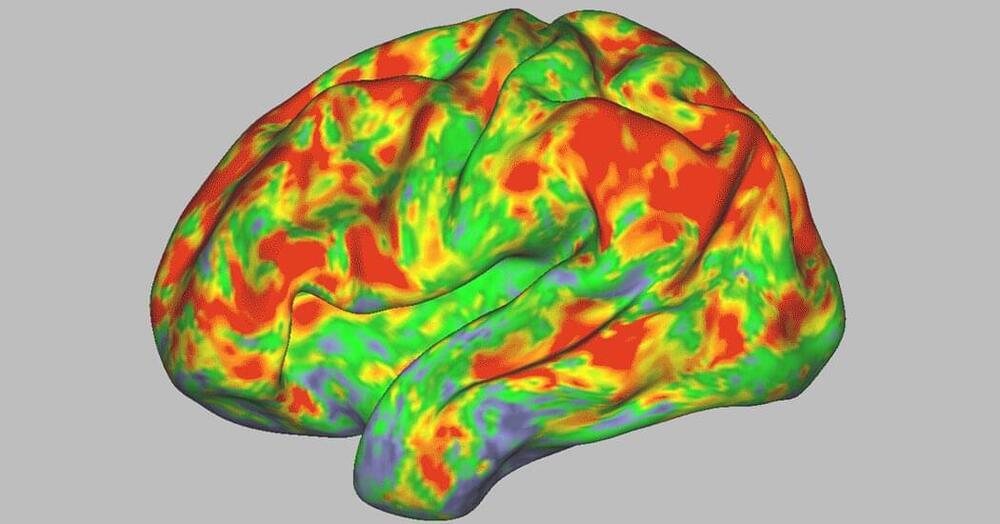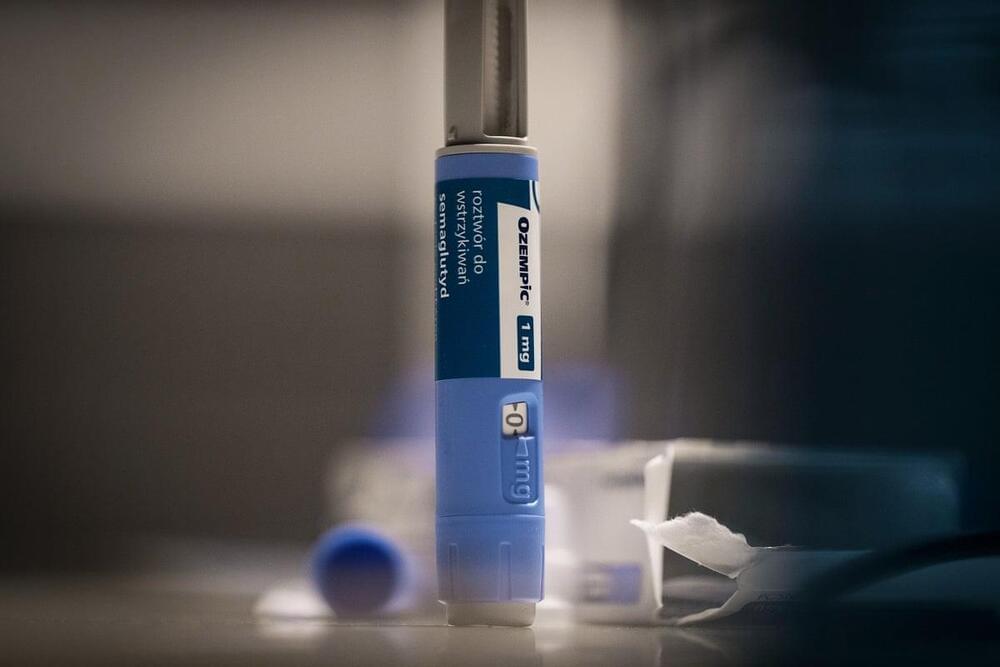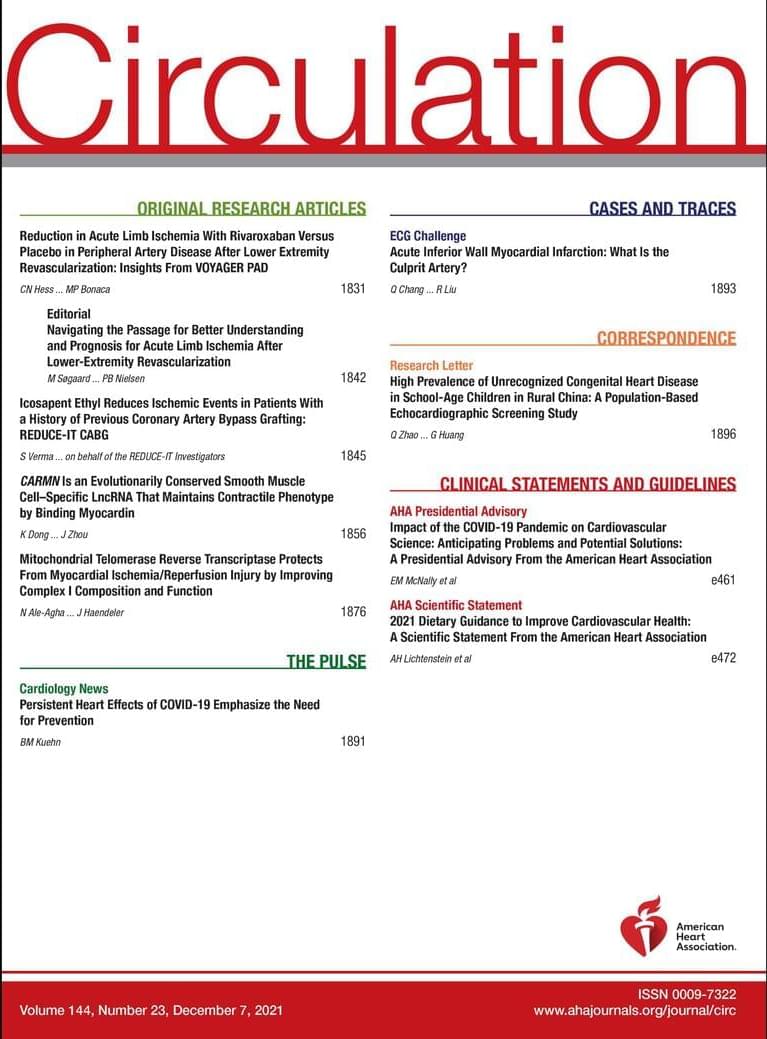Jul 21, 2024
Cambridge Study Reveals Mindfulness Can Trigger Profound Altered States of Consciousness
Posted by Saúl Morales Rodriguéz in categories: biotech/medical, neuroscience
Mindfulness training may cause altered states of consciousness, including disembodiment and unity, according to a University of Cambridge study. While often positive, these experiences can sometimes be unsettling. Awareness and open communication about these potential side effects are essential for both teachers and students.
A new study from the University of Cambridge suggests that participants in mindfulness training may undergo altered states of consciousness, experiencing sensations of disembodiment and unity.
The team says that while these experiences can be very positive, that is not always the case. Mindfulness teachers and students need to be aware that they can be a side-effect of training, and students should feel empowered to share their experiences with their teacher or doctor if they have any concerns.


















